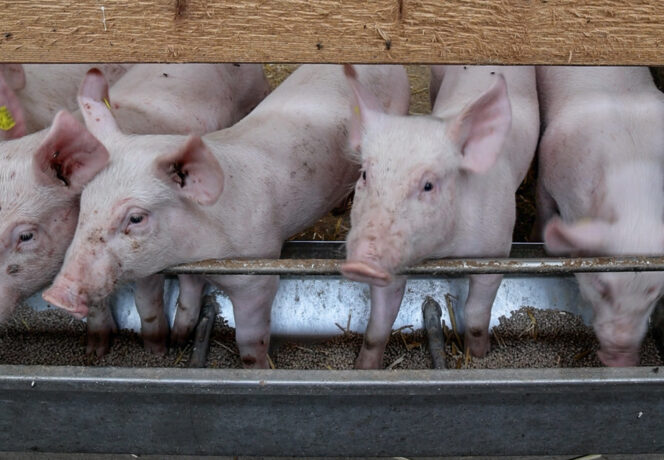
Archive
2,565 posts

Food that is unsuitable for human consumption does not affect the growth performance or carcass composition of pigs to which it is fed. This makes it a promising solution for reducing food waste.
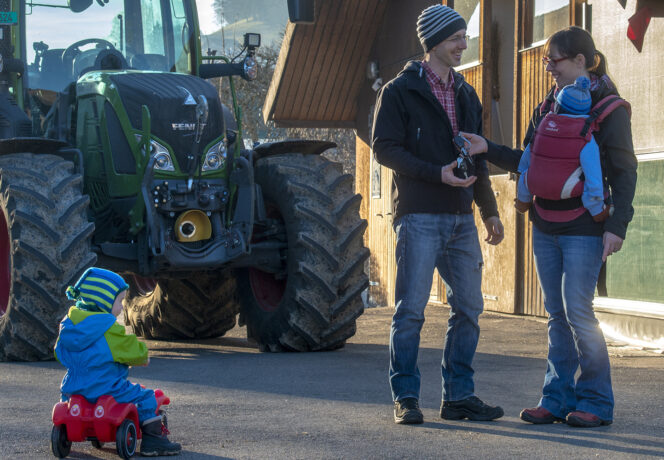
Farmers’ Identity and Farm Type Determine Their Perception of Social Sustainability
How do farmers experience social sustainability on their farms? As an Agroscope study shows, this depends on farmers’ identities and farm types.
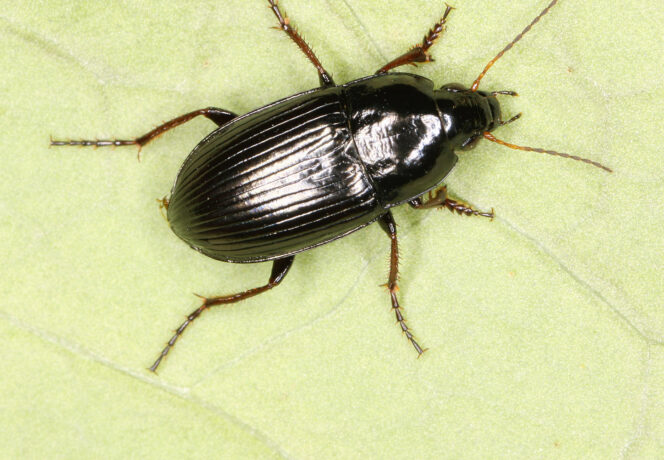
Conversion to Organics – Promotion of Species Diversity Can Often Only Be Detected After Some Considerable Time
Trials conducted by FiBL have shown that conversion to organic farming also promotes endangered Red List species such as the carabid beetle species Amara tricuspidata. This species and other species consume seeds of forbs and grasses and thus supports natural weed control.
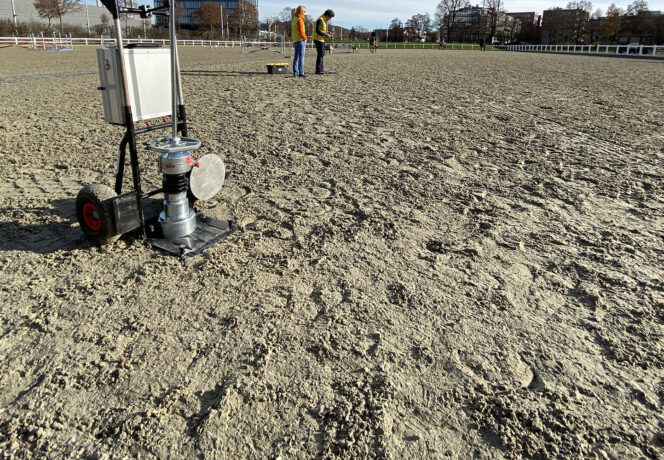
Functional Properties of Equestrian Arena Surfaces: Temporal and Spatial Variations
Horses are ridden or driven on a variety of surfaces, which differently absorb the impact forces exerted on hooves, limbs and the horse's entire body. Objective measurement of the functional properties of equestrian arena surfaces is therefore of great importance.

SALCA Method Updated for more Accurate, Flexible and Comparable Environmental Assessments
The SALCA life cycle assessment method was comprehensively updated in light of new needs, systematically documented and reviewed by external specialists. This will allow a wide range of research issues in the agriculture and food sector to be addressed.
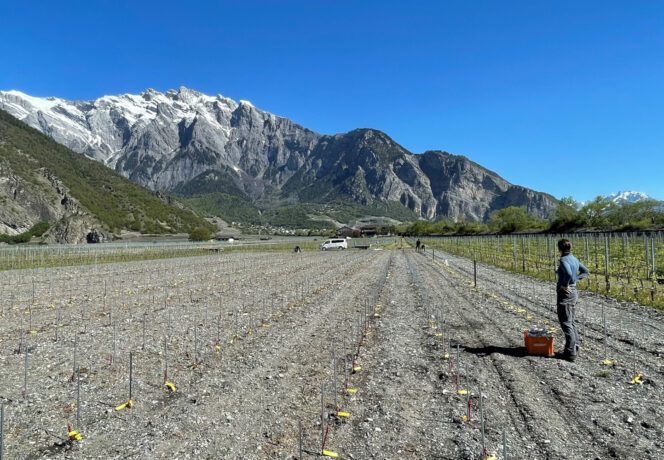
Safeguarding the Genetic Diversity of Arvine
A programme has been launched for safeguarding the genetic diversity of Arvine, a grape variety formerly cultivated in Valais. Directed selection would make it possible to exploit this variety's biodiversity and to meet the ecological and economic challenges of the future.
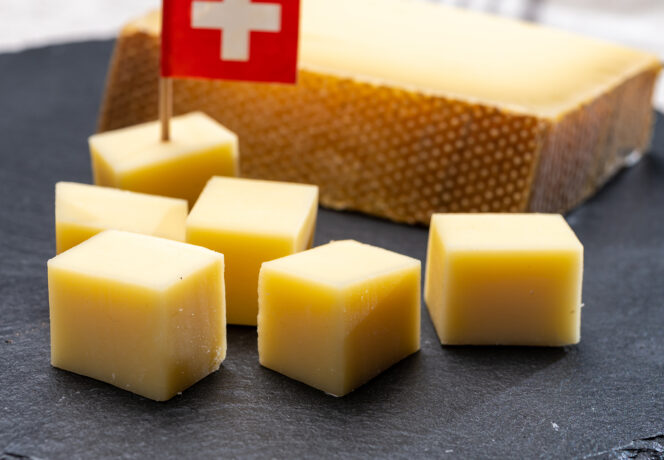
Swiss Cheese Export Potential and Future Opportunities
Cheese stands out as one of the main Swiss agricultural trade offensive interests. Outside the EU, the USA are an important export destination. The CAPRI model allows to assess the impact of a free trade agreement for cheese between the USA and CH.
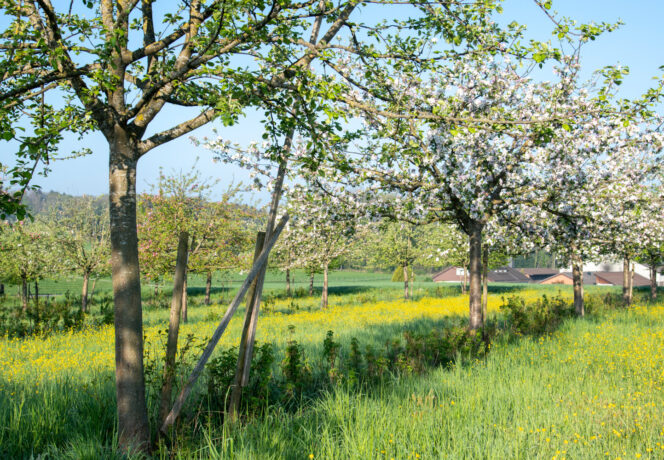
Various Factors Limit Soil Carbon Storage Potential
Net zero emission targets can only be achieved by removing carbon dioxide from the atmosphere. Agroscope has modelled soil carbon storage, food production and agricultural greenhouse gas emission trends for Switzerland.

How Much Livestock Does Switzerland Need for Optimal Land Use?
Livestock can convert grassland and by-products into valuable food. But how many animals would Switzerland need if arable land were primarily used for food production instead of animal feed?
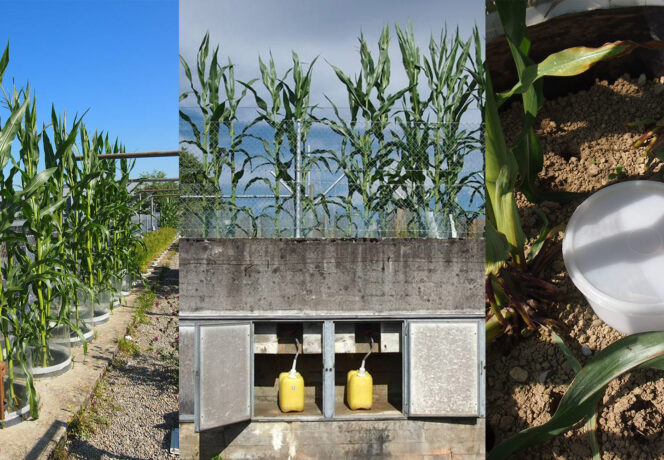
Impoverished Soil Life Reduces Nutrient Efficiency and Increases Environmental Pollution
Nutrient losses in agricultural production are a global problem. A lysimeter test now shows that soil organisms can make a major contribution to increasing nutrient use efficiency in arable farming and reducing nutrient losses.
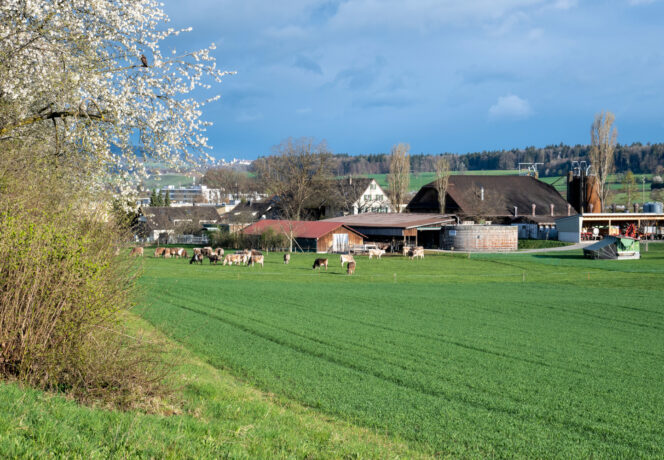
How Can We Assess the Agroecological Status of Swiss Farms?
Agroscope researchers tested the FAO method for assessing the agroecological status of farms in Switzerland for the first time, demonstrating the advantages of a holistic evaluation as well as the limits of the tool.

Extending the Productive Life of Dairy Cows: Who Has a Say?
Which stakeholders in the dairy sector have an influence on the productive life of dairy cows? Research results from FiBL and Agroscope suggest that broad-based cooperation is needed to create structures for a longer productive life.

Regional rather than Individual-Farm Targets for Climate-Change Mitigation
Policies for reducing agricultural greenhouse gas emissions are both more effective and more efficient when set at regional rather than individual-farm level. This approach can help us achieve climate targets in a more cost-efficient manner.

Dairy Farming: Feed, Wind and Temperature Influence Ammonia and Nitrous Oxide Emissions
Agriculture is aiming to reduce greenhouse gas and ammonia emissions. Agroscope showed that for dairy cattle housing, feed composition plays a role in these emissions as well as wind and temperature.

Controlling Root Knot Nematodes: a New Screening Test Identifies Bacterial Antagonists
The root knot nematode (RKN) Meloidogyne incognita causes damage in field and greenhouse crops. Agroscope researchers have developed a new screening test to identify bacteria that antagonise this agricultural pest.

Is a Significant Reduction in Pesticides in Wheat and Oilseed Rape Crops Cost-Efficient?
In wheat crops, pesticides can be used more sparingly without sacrificing cost-efficiency. With oilseed rape the situation is more difficult, since the reduced yields are not offset by higher revenues. These are the findings of the analysis of the first two harvest years of the PestiRed project.

What Effect Do Tannin-Containing Feeds Have on Methane Emissions from Dairy Cows?
Tannin-containing feedstuffs like Acacia mearnsii and sainfoin (Onobrychis viciifolia) have a measurable impact in reducing methane emissions from dairy cows. However, since these feedstuffs in some cases lead to productivity losses, careful consideration must be given to their use.

Measuring Soil Fertility Directly in the Field
Soil samples can be measured directly in the field by means of spectroscopy. Agroscope researchers have tested mobile devices and shown how to make the best use of them.

Will we in Switzerland be reaching for the spade once again to assess soil structure?
Three widely used and newly revised approaches that optimally complement each other are available to practitioners, trainers and educators. Videos and apps have been designed to facilitate their use.

CULTAN Fertilisation Substantially Reduces Nitrate Leaching in Arable Farming
With CULTAN fertilisation, nitrogen is injected into the soil as an ammonium solution. Multi-year trials conducted by Agroscope show that this method reduces nitrogen leaching by an average 38% without negatively affecting yields.

Swiss Food Security 2023: Current Events and Trends
Global food availability is expected to remain stable in the medium term. Food security challenges in Switzerland include the decline in agricultural land area per capita, higher incidence of extreme weather events and increased pressure from pests.
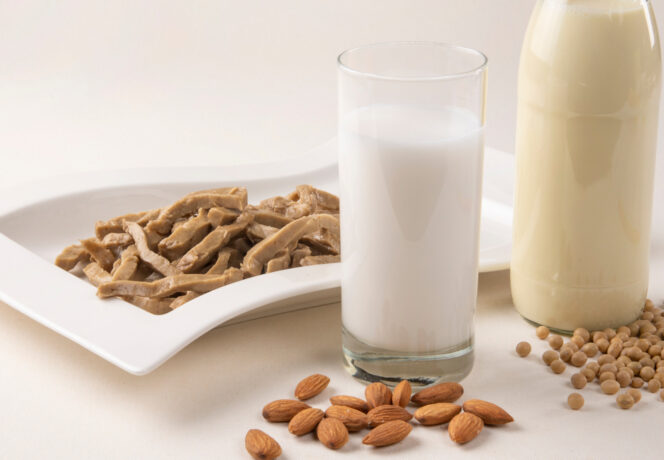
Plant-Based Drinks – an Alternative to Milk?
Soya-, cereal-, seed- or nut-based plant drinks are consumed increasingly frequently as milk substitutes. Agroscope researchers have studied the macro- and micronutrients in these drinks and have identified major differences between the plant drinks themselves as well as in comparison with milk.
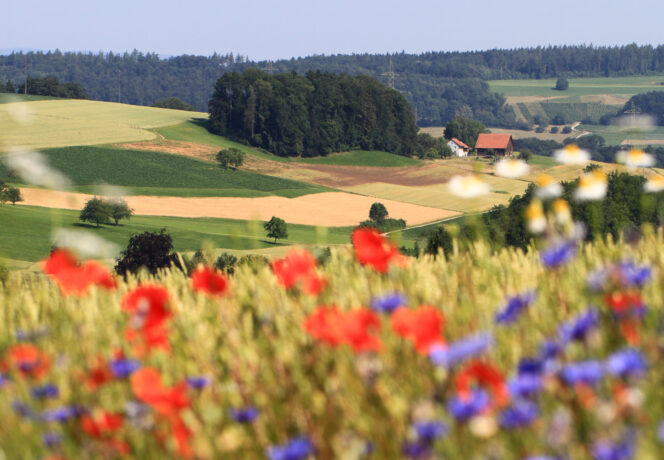
Culture and Policy Incentives Interact to Influence Agricultural Biodiversity Conservation
Different cultural backgrounds lead to different uptake of biodiversity agri-environmental schemes at the inner-Swiss French-German language border. Economic policy incentives could mitigate culture-driven behavioral differences.

Cheese Varieties: Volatile Carboxylic Acids Contribute to their Unmistakeable Character
Cheese varieties from Switzerland are characterised according to various criteria. Agroscope analysed the free volatile carboxylic acids in ten cheese varieties and demonstrated that the latter are suitable for characterisation and differentiation.

How Much Nitrogen from the Air Enters the Soil through Legumes?
Symbiotic nitrogen fixation by bacteria in the soil coexisting with legumes leads to reduced fertiliser requirement. It is not easy to measure this variable on farms, however. Now researchers from Agroscope have developed a method for estimating nitrogen input via symbiotic fixation at farm level.

How Resilient Were Swiss Agri-Food Importing Firms to COVID-19?
The agricultural sector as an aggregate proved resilient to the COVID-19 shock. But how did it impact agribusiness firms within the sector? Using the Swiss case, we provide the first set of evidence on how agri-food importing firms survived the pandemic economically.

Variability and Clonal Selection of Muscats in the Valais
Safeguarding the clonal diversity of Muscats in the Valais has enabled the characterisation of 42 Muscat à petits grains and 36 Moscato Giallo clones. The characteristics of the two are quite distinct, particularly their aromatic potential. The best clones will be included in the Swiss certification scheme.
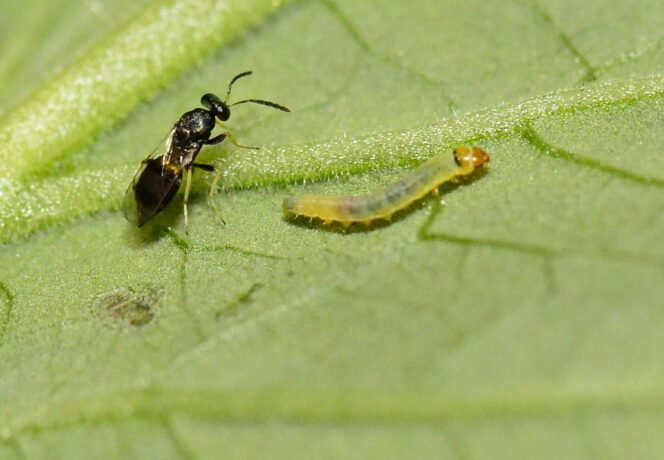
A New Tool to Help Practitioners in the Integrated Control of a Major Tomato Pest
Tuta absoluta is one of the most destructive pests of solanaceous crops. Agroscope has developed a statistical model to study the population dynamics of the pest and its parasitoids and allows interventions to be optimally planned.
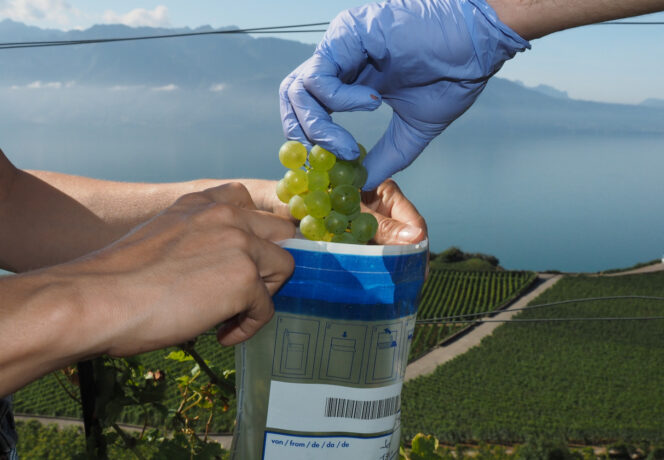
Risks for Residues Caused by Spray Drift in Small Organic Vineyards in Switzerland
Swiss vineyards are often small and arranged in a mosaic of separate plots and management practices. Therefore, it can be assumed that spray drift from conventional to organic vineyards occurs regularly. Nevertheless, no pesticide residues are detected in most organic wines.

The Role of Agricultural Economics Research in Policymaking
Agricultural economics research uses a multitude of methods and approaches to assess existing and new policy measures. This is the basis for agricultural policy that demonstrably makes a difference, i.e. is evidence-based.